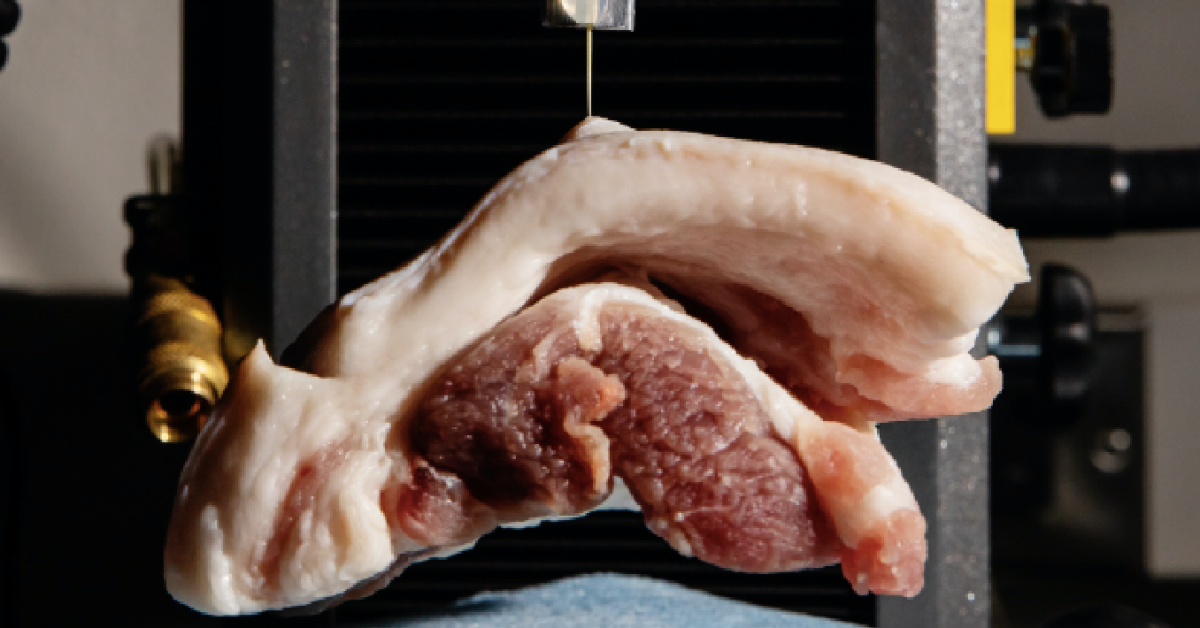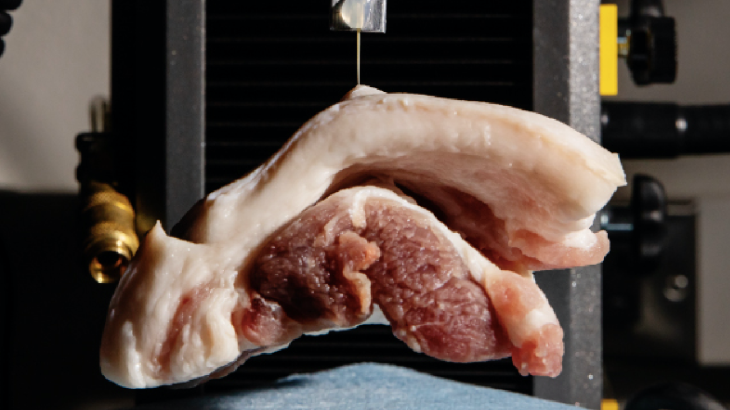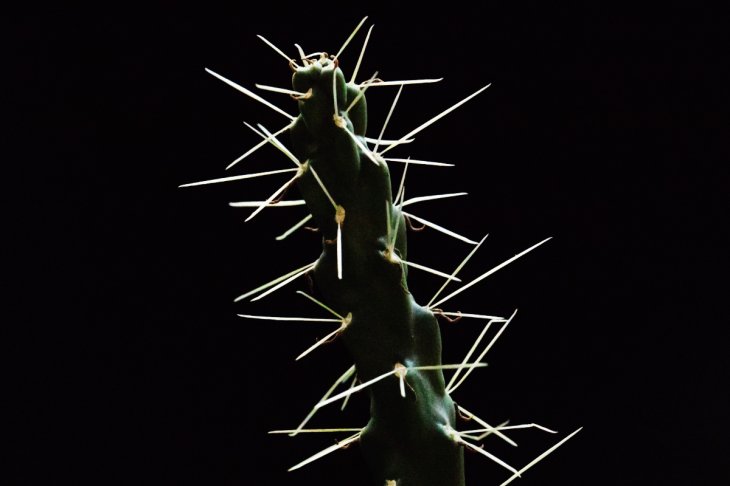Pork Got Stabbed By Cactus Spines For The Sake Of Science
Dhir Acharya - Feb 04, 2019

Scientists at the University of Illinois has recently conducted a study in which they stab cactus spines into pork and chicken.
Regularly available meat is something you can benefit from working in an agricultural school, especially when you need something to stab the cactus through for your scientific experiment.
Rather than the meat, scientists are more interested in the cactus as they want to find out about its spine structure as well as how it stays anchored inside the thing it stabs into. For the bigger picture, their goal is to understand why different spines grow from the cacti and the relationship between the spine shapes and their functions across various cactus species.

Being impressed, study author Stephanie Crofts, the University of Illinois, said that one spine did an outstanding job at hanging up onto things.
According to Crofts, firstly, the researchers collected five cactus spines from six different samples. The first test was to measure how much force it takes to stab the spines into the meat, and the pressure they put on the surface before breaking through. The scientists initially did the test with some lab-grade polymer, but they needed some target material which is more biologically relevant. This idea led them to some spare pork at the agricultural school of the university, they also bought some chicken.
The study was later published in the Proceedings of the Royal Society, in which the team discovered that spines with barb punctured into the pork much more easily than the ones without barbs, and the barbed spines stay anchored in the target material. The spine taken from the jumping cholla cactus stuck so hard that the scientists had to pull off the pork as it lifted the 200-gram pork slab off the working surface.
What the deal with this experiment?

Cactus Spines
As new cactuses can develop from the cladodes, the firm stabs of the spines into another object may relate to some evolutionary advantages. However, unlike animals, the cactuses cannot choose where to puncture their spines.
Besides cactus spines, scientists at the University of Illinois also study other species that poke. For instance, porcupines have barbed spines too, it is likely that both species have evolved to puncture then stay inside a victim.
Animal biology assistant professor and study author Phil Anderson said that the study of these systems allows researchers to put the evolution as well as the biomechanics of different animals and plants in comparison. He stressed that it’s not easy to have such that chance.
This study goes further than animals. Just like using octopus suckers or gecko feet to generate bio-inspired technology to serve humans, the research of animal and plant that poke can lead scientists to some future technology, too.
Featured Stories

Features - Jul 01, 2025
What Are The Fastest Passenger Vehicles Ever Created?

Features - Jun 25, 2025
Japan Hydrogen Breakthrough: Scientists Crack the Clean Energy Code with...

ICT News - Jun 25, 2025
AI Intimidation Tactics: CEOs Turn Flawed Technology Into Employee Fear Machine

Review - Jun 25, 2025
Windows 11 Problems: Is Microsoft's "Best" OS Actually Getting Worse?

Features - Jun 22, 2025
Telegram Founder Pavel Durov Plans to Split $14 Billion Fortune Among 106 Children

ICT News - Jun 22, 2025
Neuralink Telepathy Chip Enables Quadriplegic Rob Greiner to Control Games with...

Features - Jun 21, 2025
This Over $100 Bottle Has Nothing But Fresh Air Inside

Features - Jun 18, 2025
Best Mobile VPN Apps for Gaming 2025: Complete Guide

Features - Jun 18, 2025
A Math Formula Tells Us How Long Everything Will Live

Features - Jun 16, 2025
Comments
Sort by Newest | Popular